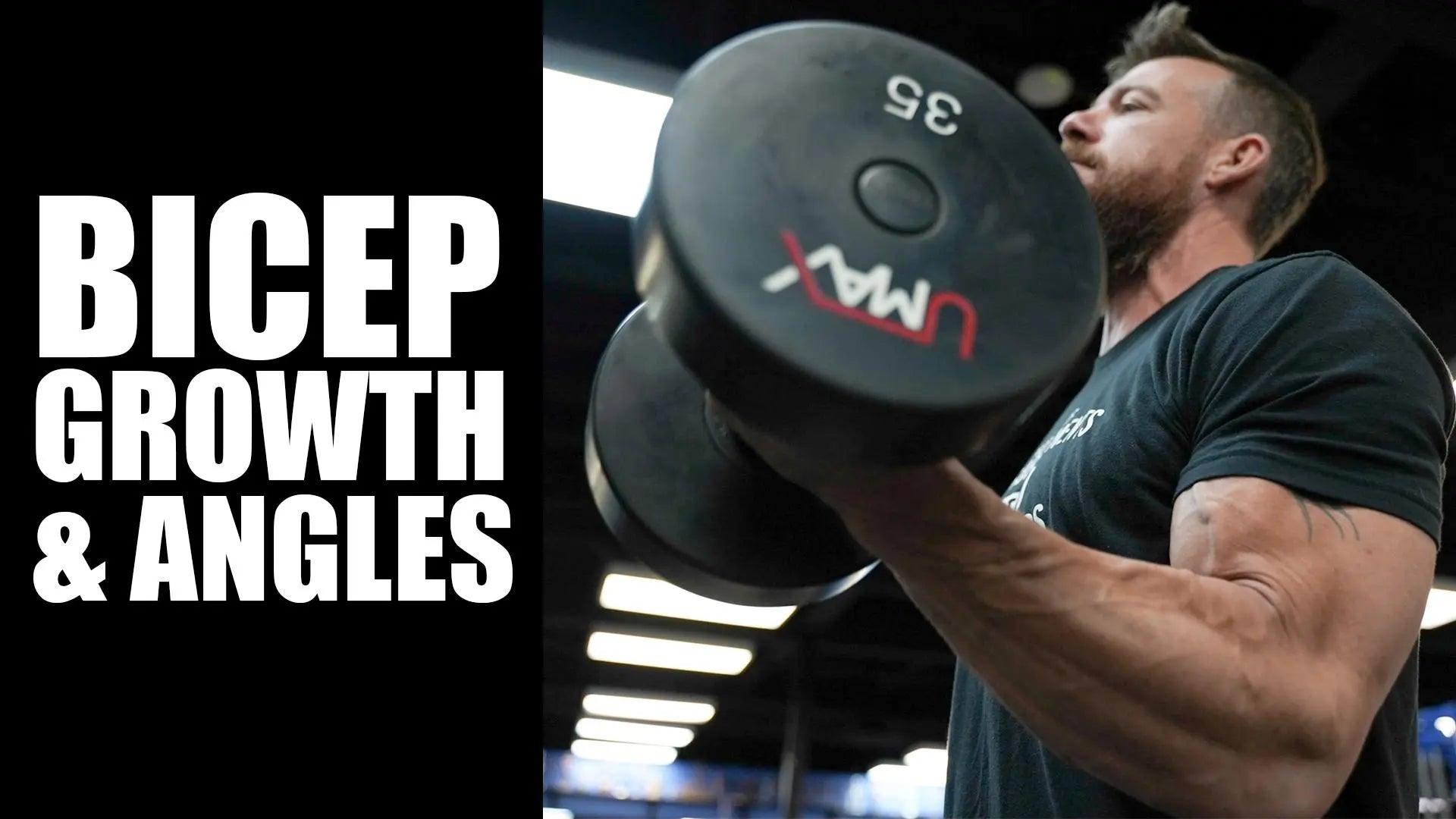Training to Failure . . . what is it?
Just as it sounds. You are completing an exercise to absolute muscle failure. To the point where you cannot perform another single lift. Some in bodybuilding live by this creed . . . That the last 3-4 reps is what makes your muscles grow. This window of pain is what separates a champion from the rest. Honestly, there is scientific research that supports the claim of “Stimulating Reps”. However, there are more recent studies that have found training to failure is not effective. In fact, it has been found that inducing muscle hypertrophy is more effective at stimulating muscle growth over failure training. Several of these studies found that performing multiple sets to failure increased fatigue so much that total amounts of reps of combined weight were decreased . . . leading to less overall volume lifted in the workout. Fewer reps also lead to less time under tension for the muscle fibers which leads to fewer gains. Training to failure has another risky implication. When we tax our bodies and reach a high level of fatigue, we often times compromise form to hit the point of failure. This removes the tension from the focused muscle group and also increases chance of injury.
Training to failure will greatly increase muscle damage and potentially make it more difficult to hit specific muscle groups with enough frequency in a week to deliver optimal muscle growth. It has also been shown that training to failure increases a lot of CNS fatigue. This can actually cause regression in strength and muscle development. Are we saying that the training to failure method should not be used? No, however, it should be used as a tool within a program. Not as the standard for every set. Training to failure has its benefits and can create muscle confusion by incorporating it several times into a training program.
So when we talk about hypertrophy training. What is the optimal range? A lot of the most recent studies show that the sweet spot is occurring with heavier loads . . . Example 5 reps at 80% of 1RM. Plus you will get the same level of activation and number of stimulating reps as you would with training to failure at lighter loads.
- Beardsley, C. (2018). Does muscle damage cause hypertrophy? Retrieved from: https://medium.com/@SandCResearch/does-muscle-damage-cause-hypertrophy-bf99b652694b
- Beardsley, C. (2018). How does training volume differ between training to failure, avoiding failure, and using advanced techniques? Retrieved from: https://medium.com/@SandCResearch/how-does-training-volume-differ-between-training-to-failure-avoiding-failure-and-using-advanced-90e26d57bca9
- Brentano, M. A., & Martins Kruel, L. F. (2011). A review on strength exercise-induced muscle damage: applications, adaptation mechanisms and limitations. Journal of Sports Medicine & Physical Fitness, 51(1), 1-10.
- Davies, T., Orr, R., Halaki, M., & Hackett, D. (2016). Effect of training leading to repetition failure on muscular strength: a systematic review and meta-analysis. Sports Medicine, 46(4), 487-502.



















Leave a comment
All comments are moderated before being published.
This site is protected by hCaptcha and the hCaptcha Privacy Policy and Terms of Service apply.